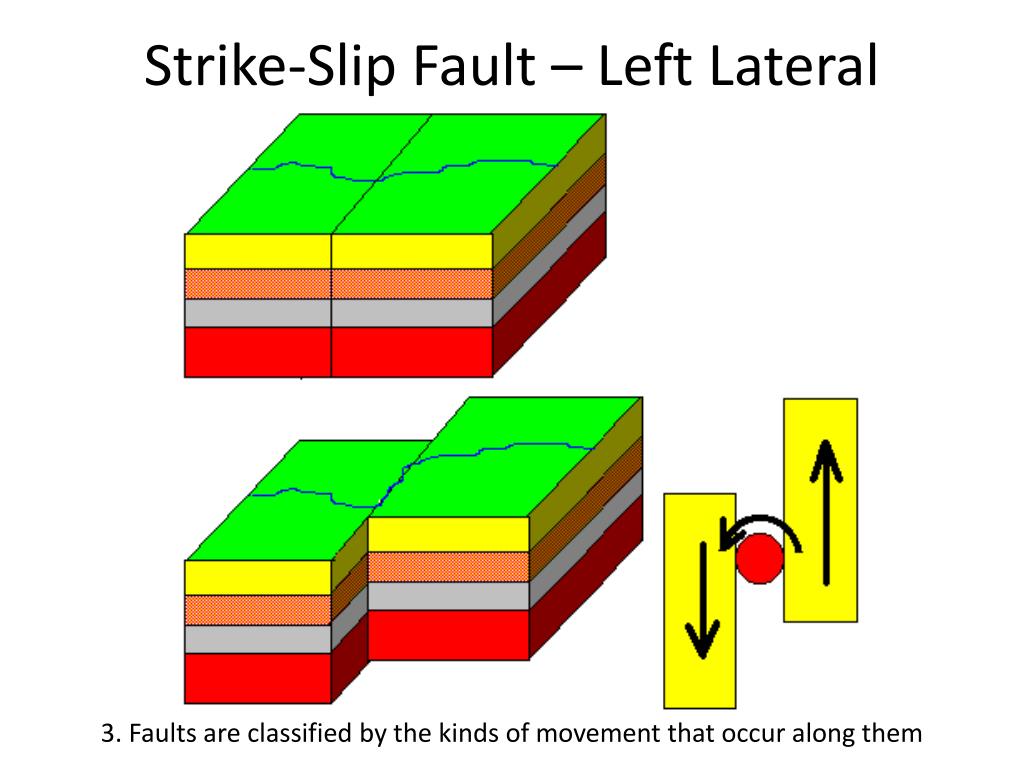

Folding can reorient thrusts so that they mayĪ regional, low-angle, listric normal fault formed during crustal extension. A single thrust fault mayĬhange its orientation as it crosscuts different lithologies. Now the term indicates faults withĪn originally low dip-angle that formed during regional compressional deformation. This name once meant any reverse fault with a dip-angle of 30° or less. Regional strike-slip faults or as a synonym for tear fault. Some geologists reserve the term wrench for large, regional strike-slip faults, steeply-dipping These terms are synonyms and indicate a fault with a slip-vector closely parallel to the fault strike.

Some important types of specialized fault names: These names have complex and far-reaching implications that depend to some extent on the user. Geologists use many different names for special types of faults. The apparent movement is the same whether you are standing on the hangingwall or footwall.įigure 3: The fault name describes the rake of the slip vector.

On the opposite block appear to be moving to your left, then the fault has a left-lateral component. Opposite block appear to be moving to your right, then the fault has a right-lateral component. Imagine that you are standing on one side of a steeply dipping fault as it moves. The vertical or horizontal slip component of a vertical or horizontal fault is named arbitrarily. Faults with slip-vectors outside of these ranges are given compound names. In normal usage faults with slip-vectors lying within 10°-15° of the dip orĭirection ) are termed normal/reverse or right-/left-lateralįaults, respectively. The green arrow is the dip-vector the blue arrow is the Perpendicularly down onto the fault plane. The next diagram shows how fault names relate to the hangingwall-slip rake. I prefer the +180° to -180° scheme because rakes with absolute values 90° indicate reverse slip, positive rakes indicate right-lateral movement, and negative rakes indicate Looking down on the fault plane) and rake can range either from +180° to -180° or from 0°-360° depending on Notations, but this website measures rake from the dip vector. Is the angle of the hangingwall slip-vector measured in the fault plane. stratigraphic throwīasic fault names based on slip direction.įault names indicate the rake of the movement direction of the hangingwall. May be very important in directional drilling.įigure 2: Vertical throw vs.
#Right lateral strike slip fault series
During the winter of 1811–1812, a series of earthquakes struck New Madrid, Missouri. Most earthquakes occur along plate boundaries, but they can also happen in the middle of plates along intraplate fault zones. Sometimes faults move when energy is released from a sudden slip of the rocks on either side. Faults are fractures in Earth’s crust where movement has occurred.


 0 kommentar(er)
0 kommentar(er)
